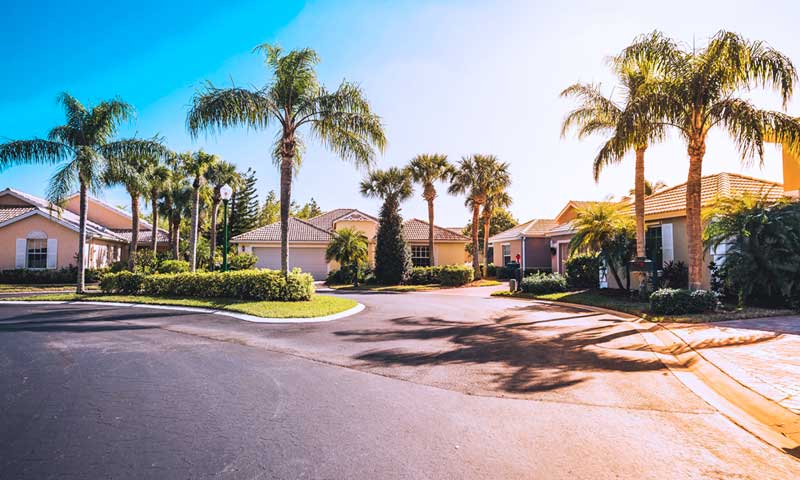BLOG
 The firm’s latest Real Estate Counselor column in today’s Miami Herald is authored by Roberto C. Blanch and titled “Lawmakers Deliver Huge Milestone in Evolution of Florida’s Condo Laws.” The article focuses on the state legislature’s passage of the most far-reaching condominium safety reforms in Florida since Hurricane Andrew. It reads:
The firm’s latest Real Estate Counselor column in today’s Miami Herald is authored by Roberto C. Blanch and titled “Lawmakers Deliver Huge Milestone in Evolution of Florida’s Condo Laws.” The article focuses on the state legislature’s passage of the most far-reaching condominium safety reforms in Florida since Hurricane Andrew. It reads:
. . . The changes include many of the proposals from engineering, legal and community association industry task forces aimed at studying the perceived shortcomings that led to the Surfside catastrophe. They require inspections for buildings three stories or higher 30 years after completion and every 10 years thereafter. Buildings within three miles of the coast must be inspected at 25 years, then every 10 years. The first buildings impacted are slated to be those constructed before July 1, 1992, as they must complete their first structural inspections prior to Dec. 31, 2024.
The inspections are aimed at identifying any substantial structural deterioration that may present life-safety dangers, and whether remedial or preventive repairs are recommended.
The reports on their findings will be required to be distributed to association unit owners, prospective buyers and local building departments, which may then require the start of repairs within specified timeframes if substantial deficiencies are identified.
Associations will also be required to conduct reserve studies every 10 years for the funding of structural repairs and, most important, beginning by 2025 they will no longer be allowed to waive funding of many reserve components.
Condominium developers are also facing new requirements. Prior to completion and their transferring control of new associations to the unit owners, they are required to conduct a baseline structural study and an analysis of future maintenance and repair needs covering all primary structural elements, foundations, roofs, and other essential building components. They must also open and begin funding a reserves account, which will be provided to the new owner-controlled association.
In order to add teeth to the law and help ensure adherence, it also includes provisions that expose condominium association board members to personal liability if they ignore the new inspection and reserve study/funding requirements.
These requirements for both developers and condominium associations to conduct inspections and study/fund reserves truly represent a monumental milestone in the evolution of the state’s condominium laws. Effectively, they take the decisions of whether or not to collect the necessary funds from the owners, conduct the appropriate inspections and act on their finding out of the hands of volunteer board members. All associations will be required to collect the funds and take the required effective actions, and the records documenting everything will essentially be open for all to see.
As with any sweeping new reform that imposes substantial costs and requirements, the focus will next shift to how it will all be paid. A recent proposal from U.S. Representatives from Florida called for new federally backed low-interest loans for unit owners to help enable them to afford new condo association assessments for reserves and repairs. In addition, the Community Associations Institute is in the process of opening discussions with federal officials over a framework for the Federal Housing Administration to offer 30-year loans to condominium associations and housing cooperative corporations to finance structural repairs. . .
Roberto concludes his column by noting that those and other new measures from both the federal and state government may help alleviate the financial burdens these reforms may place on Florida condominium owners, and the new reforms will help make Florida condominiums stronger and safer.
Our firm salutes Roberto for sharing his insights into these monumental new reforms with the readers of the Miami Herald. Click here to read the complete column in the newspaper’s website.

